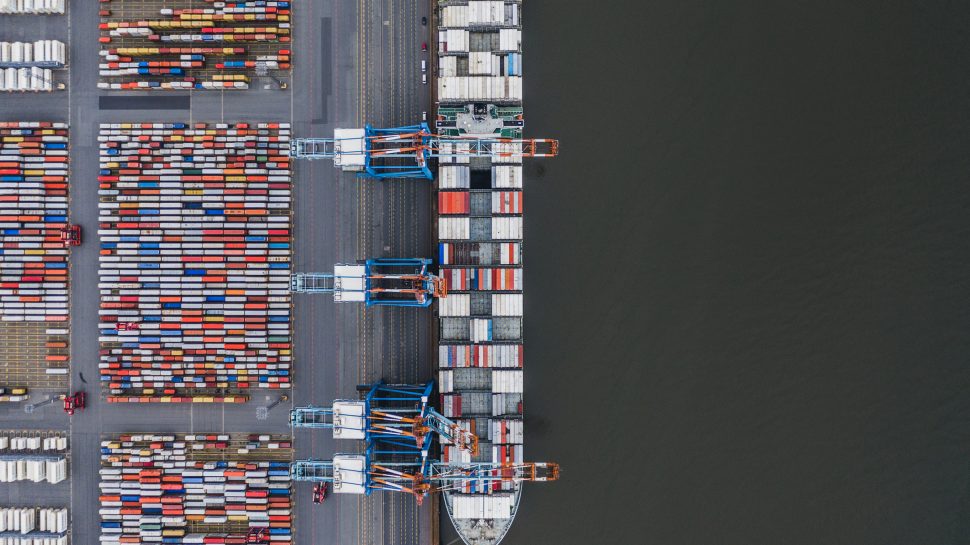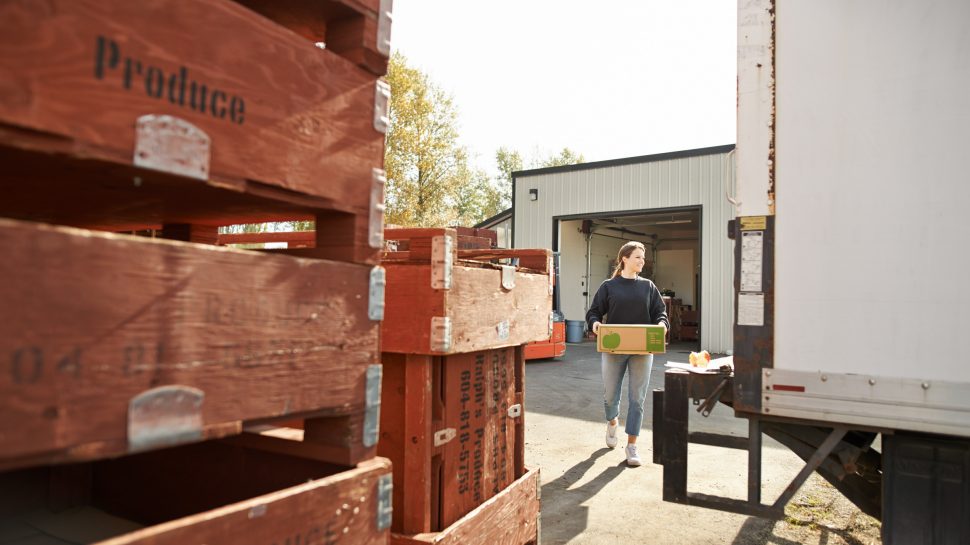The top business strategy driving supply chain leaders
If you’ve read our recent Australian Supply Chain Leaders Report 2021 (PDF 3.92MB) you may be curious to know how responses differed from industry to industry. Here, we dive into the data and share what different industries are focusing on to drive business growth.
Key points
- We break down the findings of the recent Australian Supply Chain Leaders Report 2021, to see how different industry sectors compare.
- Investment in digitisation is a priority across the board, but matters more in transport and warehousing, and wholesale trade.
- Innovative new technologies like predictive analytics and warehouse automation are being considered to help tackle issues like cost control and the explosion of eCommerce.

Shaping a solid supply chain strategy
Supply chain strategies are being impacted by a range of priorities, particularly costs, growth, and digital channels – with nuances within each industry. For example, in retail and wholesale trade, the focus is on expanding digital channels, whereas in transport and warehousing, cost is the top priority.
To deliver value from their supply chain strategies over the next 12 months, businesses are investing in different areas. These include:
- Investment in digital technology has the strongest focus in the transport and warehousing, and wholesale trade industries
- Improved supply chain visibility has the strongest focus in the transport and warehousing industry, while manufacturing is least focused on this strategy
- Inventory optimisation has a strong focus in retail trade and wholesale trade industries
Across industries, the two strategies seen as least likely to deliver value were supplier rationalisation (least preferred by the wholesale trade and manufacturing industries) and outsourcing (least preferred in wholesale trade and retail trade).
Craig Albiston, ANZ Logistics and Distribution Lead at Deloitte Consulting reports that these insights are consistent with other strategies highlighted, where they are seeing many businesses looking to increase resilience through strategies such as supply diversification. There’s also a shift in the attitude towards outsourcing supply chain activities that are increasingly seen as strategic, or where third-party risks may outweigh the benefits.

Digitisation and the use of advanced technologies is key for Transport and Warehousing
The extent to which supply chain shapes digital strategy varies widely from industry to industry. In the transport and warehousing industry, it’s the main influence on digital strategy; while in manufacturing, it only has a small role to play.
Of the technologies currently in use:
- Warehouse management systems (WMS) and order management systems (OMS) are most heavily deployed and/or in the process of being scaled in the transport and warehousing industries, and least so in manufacturing.
- Integrated business planning (IBP) tools are most deployed and/or in the process of being scaled in manufacturing, and least so in the wholesale trade industry.
A range of innovative new technologies are being explored and are in various stages of adoption:
- Predictive analytics is being scaled and piloted in the retail trade and transport and warehousing industries.
- Warehouse automation technology is being implemented in the manufacturing and transport and warehousing industries.
The use of digital platforms
To connect and collaborate with their value chain, many organisations are also embracing API, EDI and other digital communication platforms – either in pilot, scaled or full deployment. The wholesale trade and transport and warehousing industries are the heaviest users, while the manufacturing industry is seen as lagging in this regard.
Low-tech webform-style portals are also used to collaborate with customers and suppliers, particularly within the wholesale trade and transport and warehousing industries.
As technology adoption continues to rise, master data quality and accuracy is a growing concern. This issue is most keenly felt in the transport and warehousing industries right now, while the manufacturing industry expects it to become an issue in the future.

The impact of eCommerce and changing customer expectations
eCommerce experienced a phenomenal rise in 2020, with almost nine million Australian households making an online purchase. Changing customer expectations in consumer markets continue to drive investment in more user-friendly digital shop fronts, shorter delivery times and choices, end-to-end visibility, and free returns.
“Similar increases in eCommerce activity and investment are also being seem in the B2B space” Craig Albiston from Deloitte observes. “Consumer expectations are now spilling over into industrial and commercial markets where people are expecting the same experience they get when buying online at home when they go to work” he said.
During COVID-19, many businesses were forced to pivot to eCommerce. The retail trade industry invested significantly in eCommerce over the last two years – including new eCommerce strategies, eCommerce platforms, order fulfilment capabilities, and investing to make their supply chains more resilient.
When it comes to delivery times, Supply Chain Leaders believe that customer expectations are evolving:
- Most customers expect their deliveries within 1 and 3 days.
- 3-day delivery expectations are most prevalent in the retail trade and wholesale trade industries, whilst next day delivery expectations are highest in the transport and warehousing industry.
- The majority (74%) of respondents think this expectation will fall to 1 day or less in the near future, predominantly driven by the retail trade and wholesale trade industries.
- The current expectation for real-time tracking is high and expected to grow across the retail trade, wholesale trade, transport, and warehousing industries.
Want to learn more?
Want to learn more?
Get your copy of the Australian Supply Chain Leaders Report 2021 to gain a picture of the challenges facing the supply chain industry right now and learn about the strategies other businesses are using to strengthen their supply chains.
Related articles

Your eCommerce Christmas needs all wrapped up
Your eCommerce Christmas needs all wrapped up


